(Pusateri & Giannuzzi-Savelli, 2008)
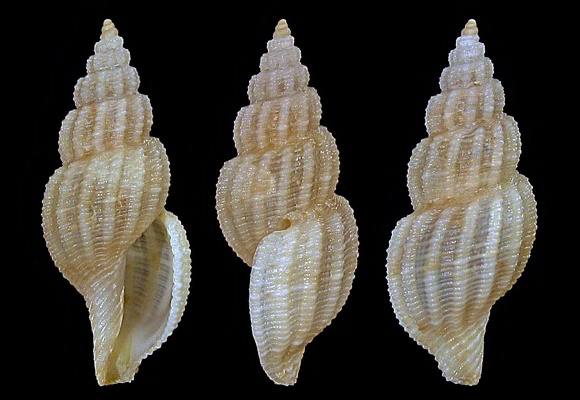
Predator in the upper circalittoral down to bathyal depths.
Basionym: Raphitoma villaria.
The shell is fusiform. 140m deep, off Fomm ir-Riħ, L-Imġarr, western coast of Malta. 10,7mm. Original pictures provided by R. Giannuzzi-Savelli (IT) – (CC BY-NC-SA).
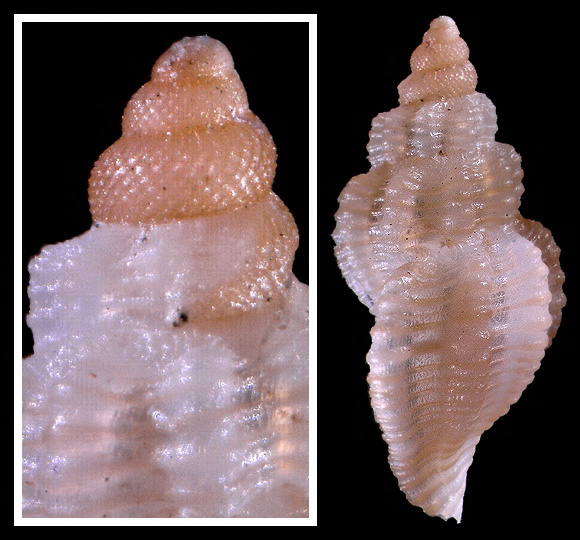
Above and below: this very young specimen (4,4mm) from 250-350m deep, near Alborán island, is already bearing most of the characteristics of the species. Notice the conspicuous sinusigera outer lip at the protoconch-teleoconch boundary.
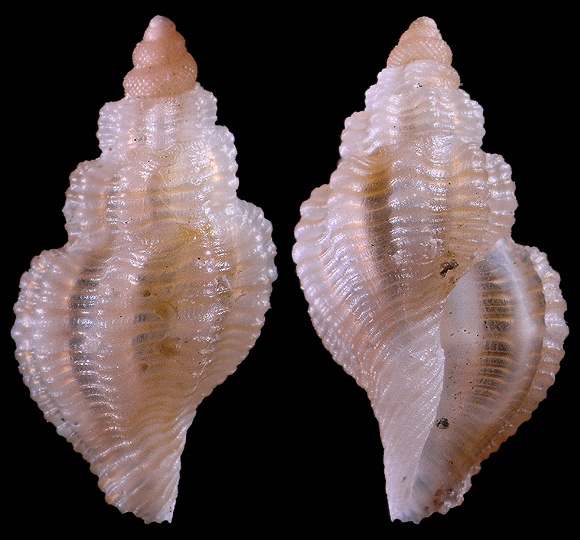
« Teleoconch of 6-7 whorls, with stepped spire. Subsutural ramp narrow, suborizontal, tending to obliterate after the sixth whorl. Adsutural marks of the anal sinus visible on the ramp. Axial sculpture of 15-18 ribs, narrower than the interspaces, reaching the base. Spiral sculpture of numerous continuous cordlets, 13-16 above the aperture, regularly spaced, on the body whorl; 10-12 strong cords on the siphonal canal. Aperture suboval, tapering anteriorly. […] Inner lip smooth, arcuate posteriorly, straigth medially. Siphonal canal short, open. Background colour yellowish with a lighter narrow band on the lower third of the spire. The spiral cordlets within this band may be sligthly stronger that the others. » – Pusateri & Giannuzzi-Savelli: “A new raphitomine neogastropod from the Mediterranean Sea (Conoidea)”, Iberus vol.26(2), Barcelona 2008, p.120-121.
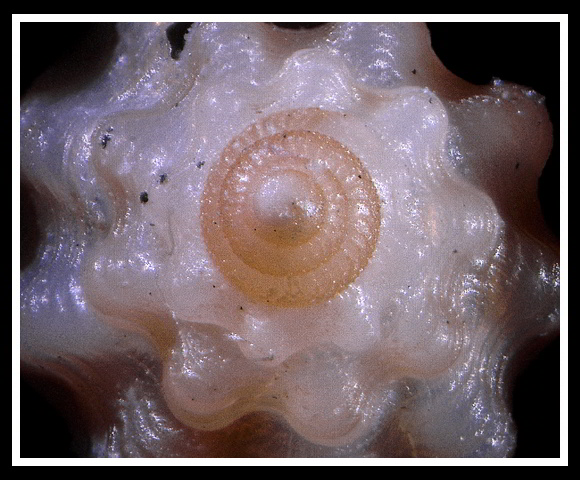
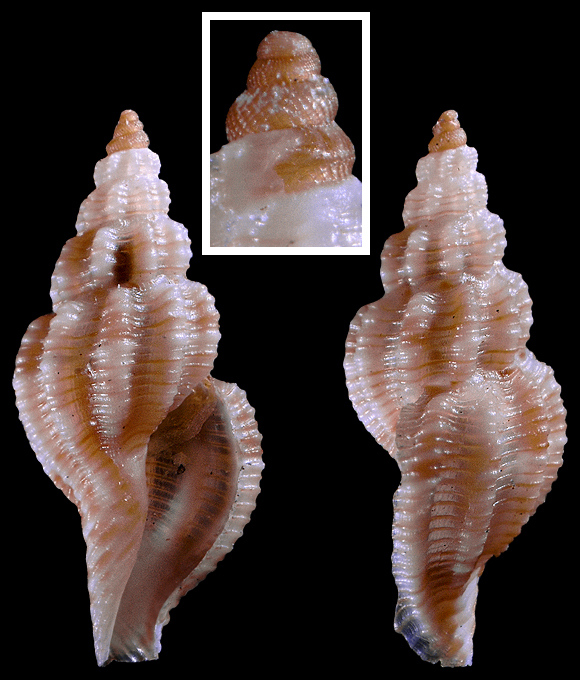
« Diagnostic features of L. villaria from all other living Leufroyia spp. are: somewhat thinner and generally more slender shell, very thin spiral cords and narrow axial ribs, narrower subsutural ramps and more stepped whorls, medially the largest protoconch, differently coloured tentacles and foot of the animal. » – Giannuzzi-Savelli & al.: “Revision of Mediterranean and NE Atlantic Raphitomidae (Gastropoda, Conoidea) 8: The genus Leufroyia Monterosato, 1884”, Zoosystema 42(22), august 2020, p.466. – Above: young specimen from 70m deep, Saronic Gulf, SE. Greece. 7,6mm.
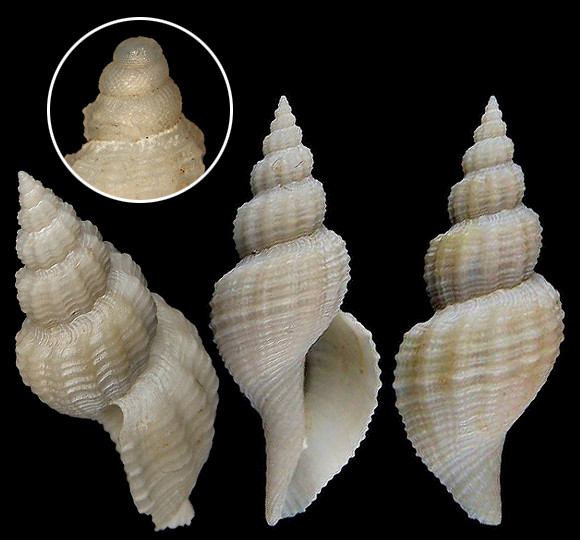
Original pictures provided by A. Nappo (IT).
– (CC BY-NC-SA) –